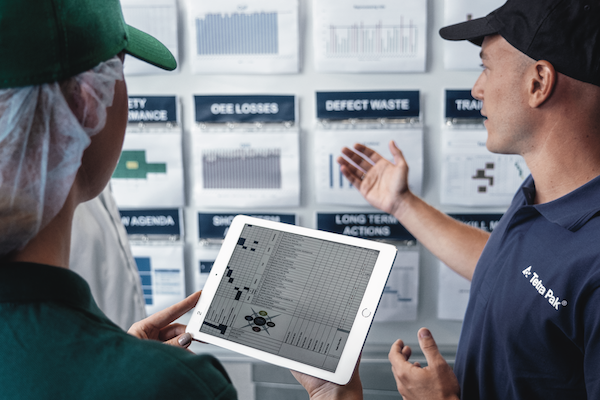Reduce Food Waste With Processing and Packaging Solutions
By Yuriy Berlizov | Vice President, Technical Support Tetra Pak U.S. and Canada

Originally published on GreenBiz
It’s not hard to make the case for why tackling food loss and food waste is important to sustainability. About one-third of food produced globally never gets consumed. And food waste accounts for about 8 percent of global greenhouse gas emissions.
The food and beverage industry has a role to play by reducing food waste in companies’ operations, and by giving consumers products that are less likely to lead to waste. There is good reason (beyond sustainability) for the industry to pay attention — whether you’re a retailer, a manufacturer or a food brand — because consumers care about this issue. According to the Tetra Pak Index 2020, 77 percent of consumers say food waste is a concern, putting it on par with climate change.
Before we get to the role of industry, it’s important to understand the difference between food loss and food waste. Food loss is caused by inefficient growing, processing or preservation — in other words, food that fails to make its way to retail. A number of considerations in food manufacturing can reduce food loss. Increasing efficiencies can reduce product loss before food even leaves the factory, in addition to a number of other sustainability benefits.
Food waste occurs at the stages of distribution, retail and consumption by consumers. Because it’s driven by the short shelf life of food, we can ensure food is packaged to optimize shelf life. A variety of factors can protect and extend the life of the product.

